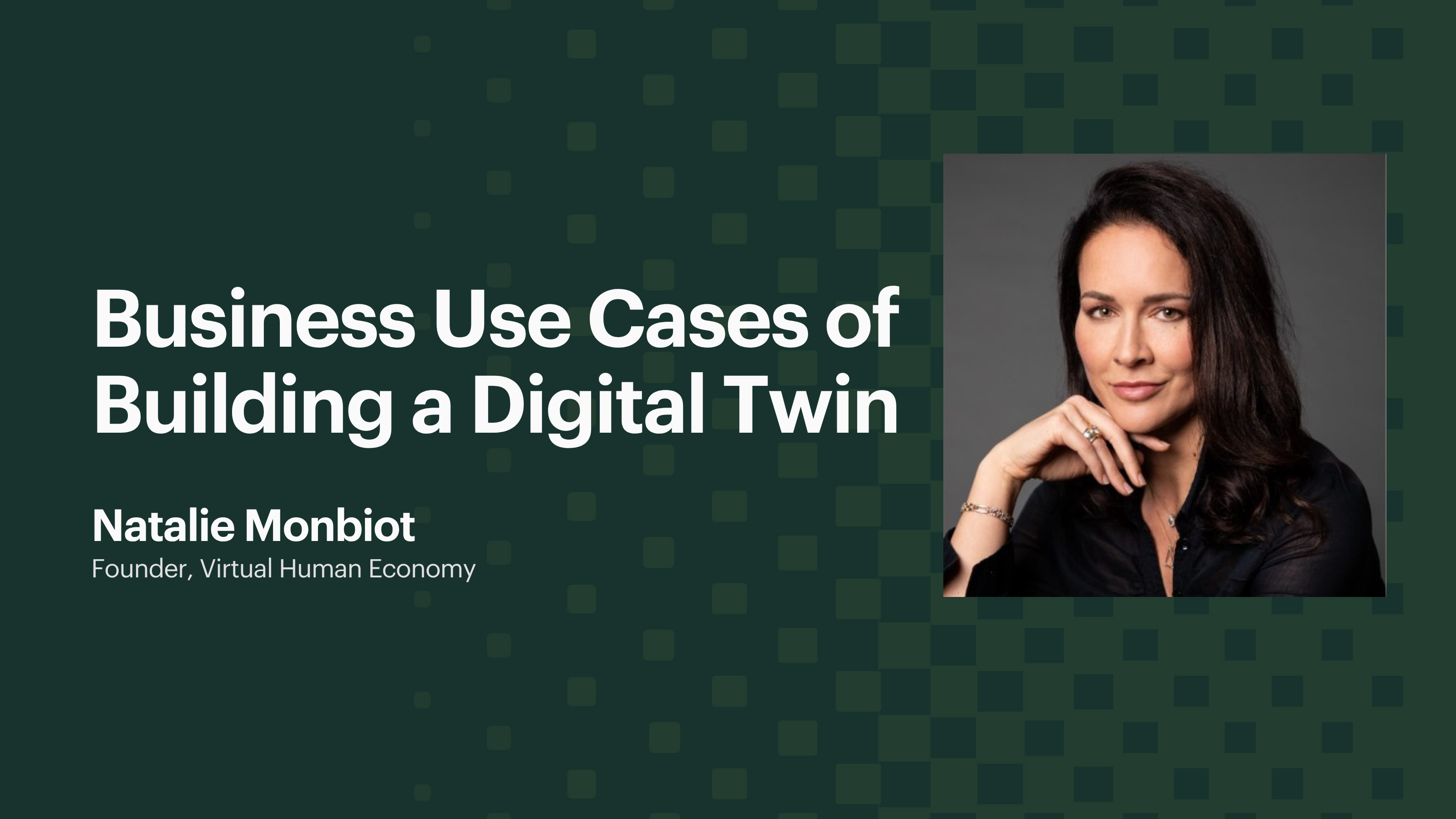Industry norms often suggest sticking to one distribution channel. For many companies, however, this approach is flawed. It carries risks and hampers sustainable growth. In our recent webinar, “Choosing the right GTM strategy for your business” Chip Royce (ex-Dell, ex-Lenovo) shares useful insights on integrating indirect channels into your business model.
With a career spanning the internet boom of the 90s to his current role advising high-growth companies, go-to-market strategist Chip Royce has witnessed firsthand the pitfalls of the direct strategy fallacy and the transformative potential of strategic partnerships. Royce's journey is a tapestry woven with experiences across diverse sectors, from launching a web development firm during the internet's infancy to navigating the intricacies of Fortune 100 companies like Dell and Lenovo
However, it was his return to focusing on high-growth companies, particularly in SaaS and hardware, that solidified his belief in the importance of forging partnerships for sustainable growth.
The direct strategy fallacy
The direct strategy fallacy, as Royce puts it, is the temptation to control everything by sticking to one distribution channel. While this approach may offer a sense of security, it also limits opportunities and consumes valuable resources. Instead, Royce advocates for indirect sales channels, which offer a smarter, lower-risk approach to growth
Central to Royce's philosophy is the concept of partner-driven go-to-market strategies. “Indirect sales channels offer a smarter, lower-risk approach. It’s an opportunity to think out of the box,” he shares. “This creativity can forge deeper partnerships and better outcomes.”
Market expertise is key
According to him, expertise is irreplaceable in this realm. Sales, marketing, and finance all require specialists, yet many companies lack dedicated expertise for go-to-market partnerships. This is where a business development leader plays a crucial role, crafting strategies, rallying buy-in across the company, and even leading sub-business units.
Identifying a strong, suitable partner
But what makes a good partner? Royce breaks it down into partnership types based on objectives and control. Traditional distribution, like resellers, offers structure but lacks creativity. Organisations relying on others for promotion demand effort but can pay off. Embedded partnerships, though complex, yield high value, while unicorns like joint ventures are complex but potent.
“Look for signals, assess your offers, and identify partner characteristics. Ultimately, cultural alignment is crucial,” he explains. “Cultural compatibility can make or break a partnership.”
Identifying partners involves assessing customer-product dynamics and cultural alignment, which Royce likens to dating—taking it slow and focusing on alignment and commitment rather than rushing to sign contracts. Detailed planning and careful structuring of deals are key to success.
So, how do you prioritize partnership opportunities? “Start small, experiment, and assess potential,” Chip reveals. “Test ideas internally and scale gradually. It's all about finding the right fit and nurturing mutually beneficial relationships.”
Case study 1: Dell’s retail partnerships
Royce illustrates his points with compelling case studies, such as Dell's retail partnerships, which resulted in massive revenue growth and profitability.
Facing customer demand for in-store experiences, Dell partnered with warehouse clubs, eBay, and TV retailers like QVC. The result? Massive revenue growth and profitability, driving Dell's retail expansion.
Case study 2: Fusion Three
Fusion Three, a 3D printer company, faced a common marketing challenge: their product was versatile, and catered to all sorts of industries, but struggled to get the word out in a way they spoke to each sector. To tackle this, they adopted a partner strategy. A standout success story involved collaborating with ActivArmor, a medical device company.
ActivArmor used Fusion Three's printers to innovate medical casts, boosting sales and expanding Fusion Three's market reach. This collaboration wasn't just a win for ActivArmor, though. Fusion Three saw some serious growth, with a significant boost in revenue and way more eyes on their printers. Fusion Three's partnership playbook proves that teaming up with the right folks can open doors, spark innovation, and ensure business growth.
Case study 3: One Plus Taxes
Facing stiff competition in the tax service realm, One Plus Taxes embarked on a game-changing journey. Initially targeting cost-conscious clients, they hit roadblocks against established players. Shifting gears, they honed in on an untapped market: tax professionals and accountants. Offering co-branded and white-label products, they surged ahead, catching the eye of industry heavyweights like Jackson Hewitt. Strategic partnerships fueled their ascent, culminating in a coveted acquisition by a fintech unicorn. One Plus Taxes' story underscores the transformative power of pivoting and forging alliances in the competitive tax landscape.
If you're interested in exploring indirect channels for your go-to-market strategy, consider booking a 60-minute 1:1 session with Chip Royce here.



